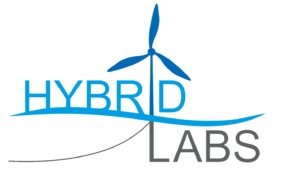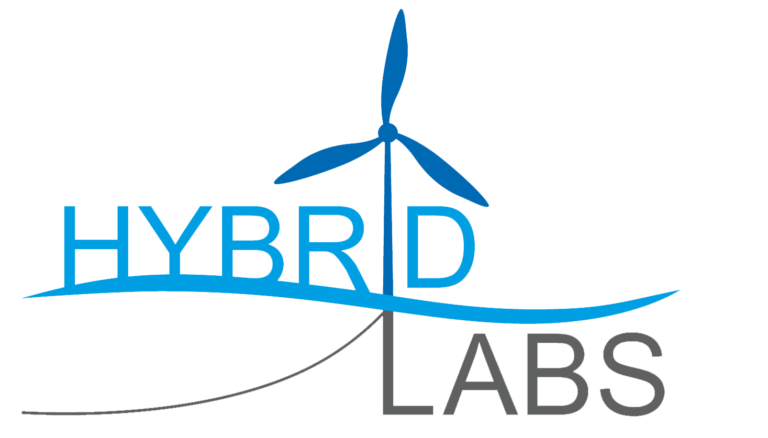
Introduction
Hybrid testing for Floating Offshore Wind Turbines (FOWT) can overcome some of the scaling challenges where both aerodynamic and hydrodynamic loads are present. Part of ‘wind labs’ involves the design and control of a new hexapod specifically for a 1:160 scaled 15 MW turbine. The hexapod enables accurate reproduction of the platform hydrodynamic motions and is key in the hardware-in-the loop testing.
Control (Digital models)
Hybrid testing of FOWT often suffers from limited bandwidth and low accuracy, mainly due to modelling errors and deficient hardware. This makes it hard to recreate realistic interface forces and motions between emulator and turbine.
To improve this, we will use disturbance observers to estimate and enhance the accuracy of the interaction signals. To this purpose, we design and control a hexapod that has predictable dynamics. This is what we call ‘force transparency’.
By combining smart estimation and sensor signal, we aim to make hybrid tests more accurate, stable, and realistic.
Hexapod design (Physical labs)
A new 6DOF parallel manipulator will be designed to provide the required floater motion. This hexapod should offer high force transparency, and it should deliver both the necessary range of motion and actuation force.
To estimate the required motion, simulations of the floating wind turbine were carried out using the OpenFAST software. The simulated motions of the wind turbine were then downscaled by the length scale of 160 resulting in a required hexapod displacement of approximately 100 mm in the horizontal direction and 15 mm in the vertical direction. Based on these motion requirements, mechanical simulations of the hexapod were performed to determine appropriate dimensions and to derive the necessary actuation forces.
To ensure high force transparency, the new hexapod design aims to minimize all potential sources of hysteresis:




Accelerating innovations in offshore renewables through data-driven hybrid labs.
@2025 HybridLabs